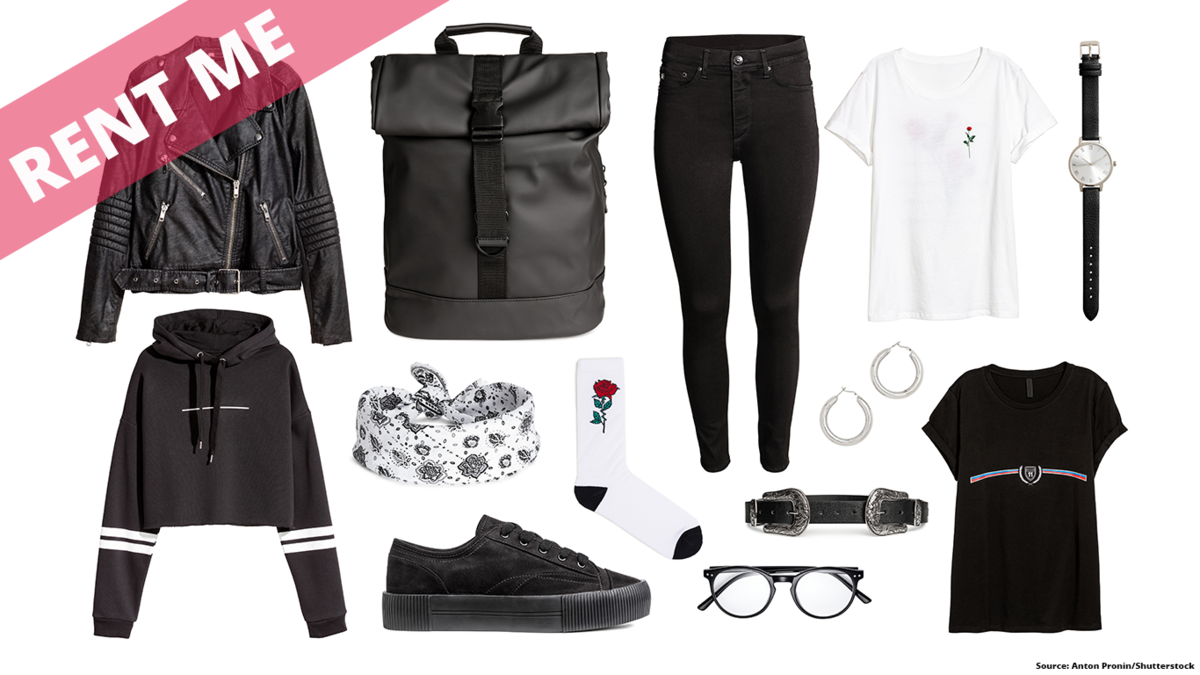Not so fast — fashion: can circular business models slow it down?
The challenging context of fast fashion
We need to put the brakes on the runaway environmental and social impacts of fashion. Both society and the environment are paying too high a price for our insatiable desire for clothes.
We all know the hidden cost of the fashion industry, which employs between 25 and 60 million people alone in the production of garments¹, many in low-wage jobs with poor working conditions. That 40 bathtubs’ worth of water is needed for 1 kilogram of cotton – equivalent to the weight of one man’s shirt and a pair of jeans – is also familiar to many².
“Fast fashion”, the production and consumption of clothing at a rate greatly out-pacing the number of garments in use, is exacerbating the effect of these impacts. And sadly, the worst affected are in parts of the world which can least afford to bear the brunt of the environmental and social impact it brings.
But there is good news, action to ease the industry’s impact is happening, driven by groups such as Global Fashion Agenda, Sustainable Apparel Coalition, Fashion for Good, Ellen MacArthur Foundation and the Sustainable Clothing Action Plan (SCAP), the voluntary agreement run by WRAP. However, this progress globally is being outpaced by the negative social and environmental impacts of the industry³ and international mechanisms for change lack public accountability and government buy-in.
But I believe that shifting to a circular, sustainable new textiles economy can be the way forward.

Public appetite for change
Despite the acceleration of fast fashion, shoppers are actually ready for something new in the fashion industry. The attractiveness of business models that focus on maximising the life of garments is increasing.
New research from WRAP and WRI for C&A Foundation’s Bridging the Gap programme shows considerable demand for new business models in the USA, UK and India. Six in 10 frequent shoppers in the USA say they would try a subscription clothing service. 90% of technologically savvy Indians spending over 115 EUR per month on clothing express interest in contracts for a repair services. Over half of frequent shoppers in the UK say they are likely to try a pre-loved clothing range from a favourite brand.
The visionary future
There are already examples of disrupters in the fashion industry. At the high-end, Rent the Runway gives USA consumers access to designer clothing at affordable prices while promoting the reuse of garments through rental.
More high-street shops and brands are taking the plunge. Urban Outfitters will launch a subscription model for their American customers and American Eagle has already launched one. Disrupters Flyrobe In India and Y-Closet in China are looking to shift away from the established linear economy.
Unfortunately, these are still exceptions to the common linear (make, use, dispose) business model which prevails in the industry.
A note of caution
These grassroots of a new fashion for fashion are encouraging. But we need to ensure that progress accelerates whilst remaining a force for good
New clothing business models could also have negative unintended consequences. Models, for example, which use more intense cleaning processes and more transportation, and which encourage additional consumption such as renting many more garments than are currently bought will exacerbate the consequences of fast fashion that we are already observing.
A call to action
Global ambition is the first step. We need to unite behind a global vision which brings together the whole supply chain. Several already exist but are lacking practical application.
We need frameworks for action that challenge and support businesses in the industry to take concrete and transparent steps toward measurable goals. These frameworks work at national/regional level, taking into account the local political and consumer contexts.
SCAP is leading the way in this kind of approach. Signatories have outperformed the rest of the industry - by reducing the carbon footprint per tonne of garments by 11.9% reduction in five years. Adapting and replicating this type of framework around the world is our ambition.
Let’s unite behind an ambition to make circular fashion business models the timeless classic. To all apparel businesses, governments and interested funders: join us in making this happen. Get in touch to find out more.
-
¹“Fixing Fashion: Clothing Consumption and Sustainability - Environmental Audit Committee,” accessed June 4, 2019, https://publications.parliament.uk/pa/cm201719/cmselect/cmenvaud/1952/full-report.html#heading-6.
²“Valuing Our Clothes: The Cost of UK Fashion” (Banbury: WRAP, July 2017), http://www.wrap.org.uk/sites/files/wrap/valuing-our-clothes-the-cost-of-uk-fashion_WRAP.pdf.
³“Pulse 2019,” accessed June 4, 2019, https://www.globalfashionagenda.com/pulse-2019-update/.

